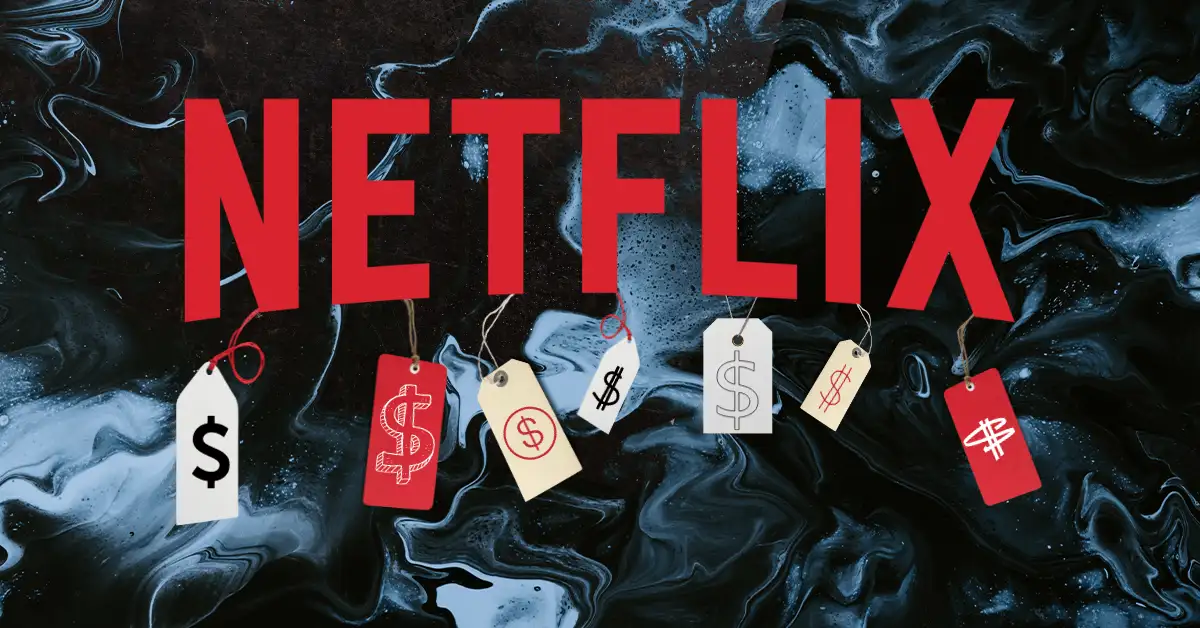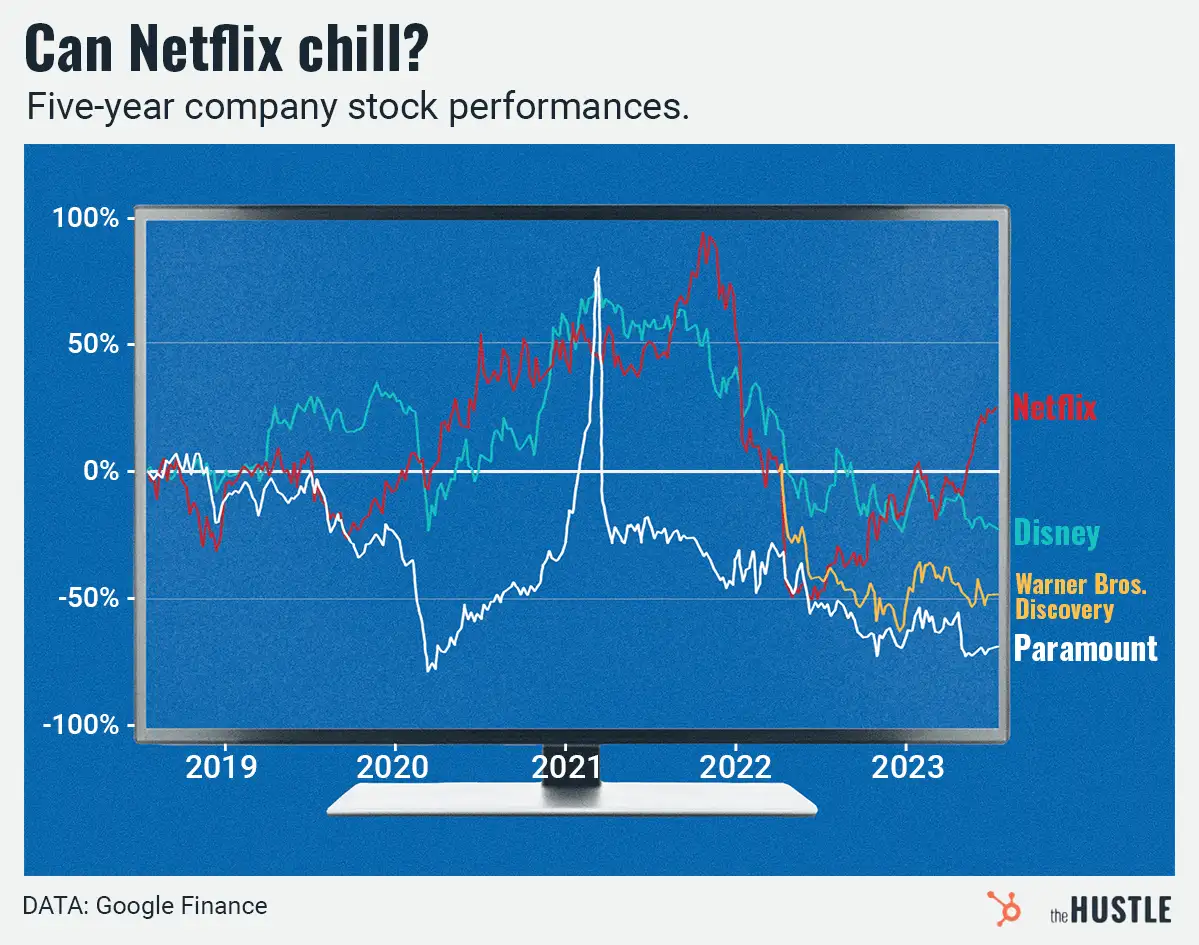Yesterday, Netflix publicized two of the ‘features’ that came out of its biannual hackathon: facial-recognition that lets users control the app with their tongues and a ‘jump to shark’ button that lets viewers skip parts of movies that don’t include sharks.

These two features are absurd. But, hackathons are increasingly popular across all different types of companies. What’s even more absurd? They actually work.
A quick hack-story lesson
Hackathons are concentrated design workshops that challenge participants to create a working product in one sitting.
The events became popular in the first dot-com boom as a way for global programmers to gather in one room to build a product in one work session, thereby avoiding the legal challenges of sharing IP across borders.
But, hackathons have since evolved into a cultural phenomenon: Hack-style development is central to Facebook’s culture (the company’s address is 1 Hacker Way), and organizations like TechCrunch host annual hackathons with prizes as high as $250k.
The benefits of staying hack-tive
A surprising number of hackathons have resulted in success: Startup GroupMe spun out of a TechCrunch hackathon and was sold for $85m a year later.
Internal hackathons have also panned out: Many of Facebook’s most popular features (Facebook Chat and the ‘Like’ button we see across the internet) started out as hackathon ideas.
According to management consultants, hackathons are a great business practice for any kind of company because they inspire outside-the-box creativity and allow for quick, low-cost prototyping.










